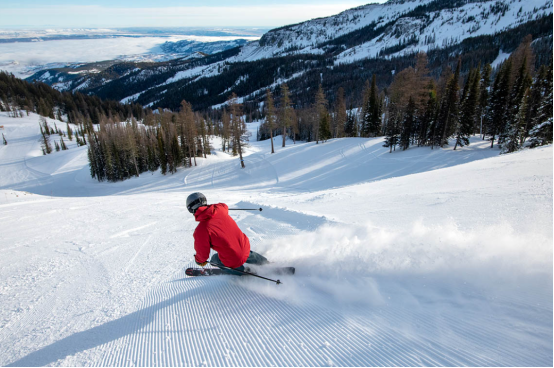
For those who truly love skiing, the right pair of skis often matters more than a fancy set of gear. Especially for alpine skis, different snow conditions and riding styles require completely different ski designs.
In modern skiing, the most common ski types include:
All-Mountain, Powder, Park/Freestyle, and Race/Carving.
These categories are far more than just differences in appearance — they vary greatly in snow adaptability, riding experience, and structural design.
Let’s break down each ski type in detail — exploring their ideal snow conditions and design features — to help you quickly understand the logic behind choosing the right skis.
1. All-Mountain Skis
Ideal for:
Everyday skiers, resort regulars, and those who want a “one-ski-for-all” setup.
Best for snow conditions & terrain:
Groomed runs
Occasional light powder and tree runs
The main slopes of most ski resorts
Design features:
Waist width: Typically between 85–105 mm, a mid-range width that balances agility and floatation.
Profile: Most feature a “rocker–camber–rocker” hybrid — slightly raised tips and tails with traditional camber underfoot, allowing easy turn initiation while maintaining strong edge grip.
Turn radius: Moderate (around 14–18 m, depending on ski length), suitable for medium-to-large carving turns while allowing flexible control.
Flex & weight: Medium — not too soft or stiff — emphasizing all-around performance.
Advantages:
Wide versatility across snow conditions; one ski can handle most days on the mountain. Balanced stability and maneuverability with high forgiveness — suitable for beginners through advanced recreational skiers.
Limitations:
Performance drops in extreme conditions — lacks the deep float of powder skis and the precision edge hold of race skis.
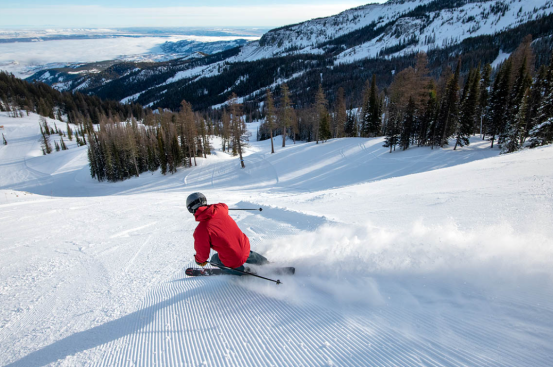
2. Powder Skis
Ideal for:
Advanced skiers and freeride enthusiasts who enjoy tree runs, backcountry terrain, and deep-snow adventures.
Best for snow conditions & terrain:
Soft, deep powder snow
Backcountry and off-piste zones
Tree runs and ungroomed terrain
Resorts with heavy seasonal snowfall (e.g., Hokkaido, the Rockies, the Alps)
Design features:
Waist width: Generally 105 mm and above (some even reach 110–130 mm) for superior floatation in deep snow.
Profile: Pronounced rocker in the tip (and sometimes the tail) to boost floatation; camber underfoot is often reduced or removed.
Turn radius: Typically larger than 18 m, optimized for stable, long, high-speed turns.
Construction: Lightweight, wide, and stable body; tail shape favors float and maneuverability, sacrificing some edge grip.
Flex: Softer, allowing easier control and floatation in deep snow.
Advantages:
Excellent floatation and effortless glide in powder; stable yet smooth, delivering a unique, surf-like experience that powder lovers can’t resist.
Limitations:
Performs poorly on hardpack or groomed runs; slower turn initiation and not ideal for beginners.
Generally more expensive and best used as a secondary or specialty ski.
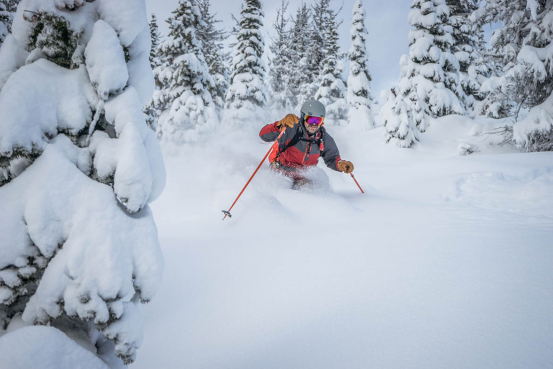
3. Park Skis (Freestyle / Twin-tip)
Ideal for:
Young and energetic skiers who love jumps, spins, tricks, and playful riding.
Best for snow conditions & terrain:
Terrain parks
Jumps, rails, and halfpipes
Small freestyle zones
Can be used on groomed runs for fun, though not optimized for them
Design features:
Waist width: Typically 80–95 mm, depending on the brand — relatively narrow for better agility and quicker edge transitions.
Profile: Symmetrical twin-tip design, with both tip and tail raised to allow switch (backward) skiing and smooth landings.
Turn radius: Shorter, around 13–16 m, for high maneuverability.
Flex: Softer to absorb impacts during takeoffs and landings.
Reinforced structure: Strengthened edges and tails for durability against rail impacts and repeated landings.
Advantages:
Highly flexible and responsive; makes jumps and tricks easier.
Extremely playful and fun — perfect for skiers who enjoy creativity and style.
Quick handling on short runs or technical terrain.
Limitations:
Less stable at high speeds compared to all-mountain skis.
Not suitable for deep powder or backcountry conditions.
Requires some technical skill to control effectively.
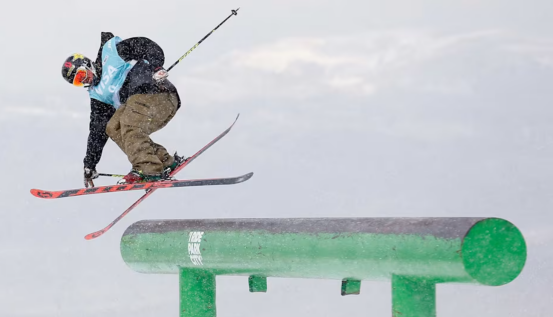
4. Race Skis (Carving / Race)
Ideal for:
Technical skiers, competitive racers, and enthusiasts who enjoy high-speed skiing with precise control.
Best for snow conditions & terrain:
Groomed, hard-packed slopes
Race courses (Slalom / Giant Slalom)
Technical training areas
Suitable for skiers who demand speed and control
Design features:
Waist width: Typically 60–70 mm, the standard range for dedicated carving and race skis.
Profile: Traditional camber with minimal or no rocker, designed to maximize edge grip and high-speed stability.
Turn radius: Usually short for quick edge-to-edge transitions, or varies depending on race type (SL vs GS vs Downhill).
Flex: Stiff, with strong rebound and fast response.
Stability: Very high, optimized for high-speed skiing.
Advantages:
Precise carving, high speed, and exceptional stability.
Offers the ultimate “rail-like” experience on hard-packed slopes.
Preferred choice for race training and advanced technical skiing.
Limitations:
High technical skill required; not suitable for beginners.
Performs poorly in powder, parks, or off-piste terrain. Stiff flex results in low forgiveness.
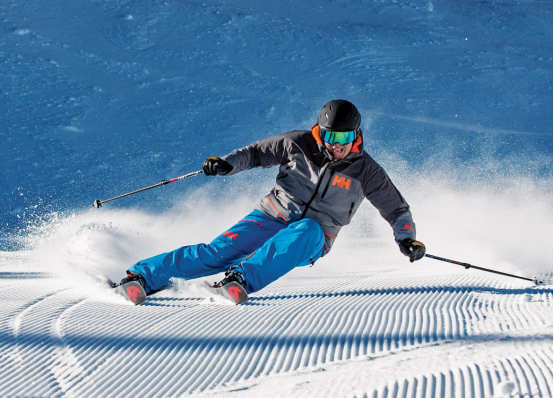
Whether you’re chasing speed and precise carving on Race Carving skis, gliding freely through powder on Powder skis, navigating varied terrain with All-Mountain skis, or mastering tricks on Park Freestyle skis, each type has its own design logic and advantages. Understanding key parameters like waist width, ski profile, and turn radius not only helps skiers find the equipment that fits them best but also ensures a more stable and enjoyable ride.
At Manlin, we uphold the philosophy of innovation and quality, continuously optimizing ski designs to suit various snow conditions and riding styles. Choosing the right skis is the first step to igniting your passion for the season. Let’s hit the slopes together and carve out our own moments of brilliance with speed and style.

